American Couple Aims to Preserve Remnants of a Ukrainian Shtetl
A search for their family’s Jewish roots inspired Californians Marla and Jay Osborn to establish the Rohatyn Jewish Heritage organization
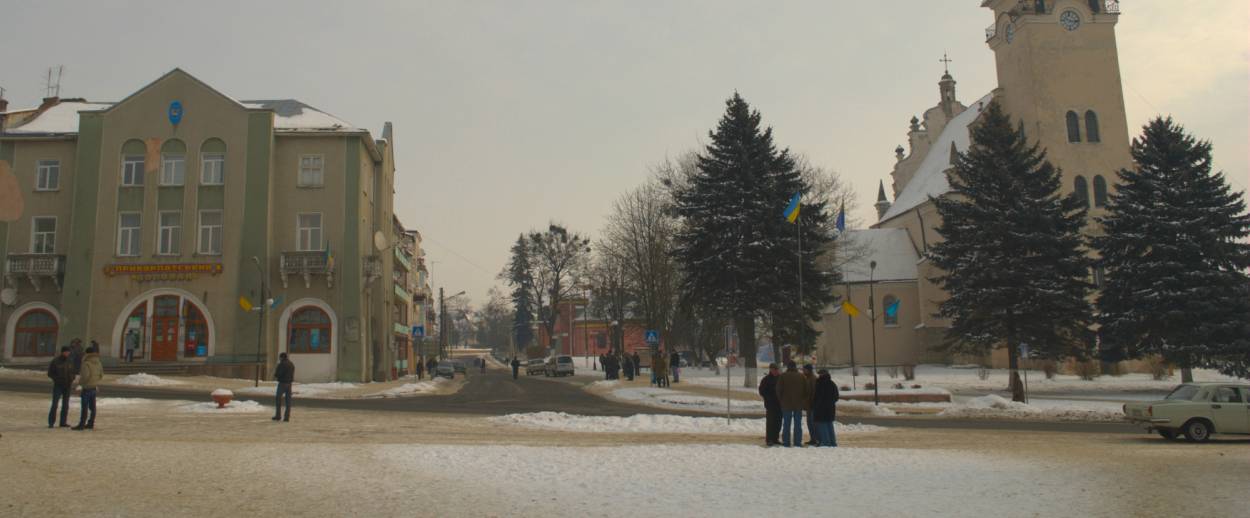
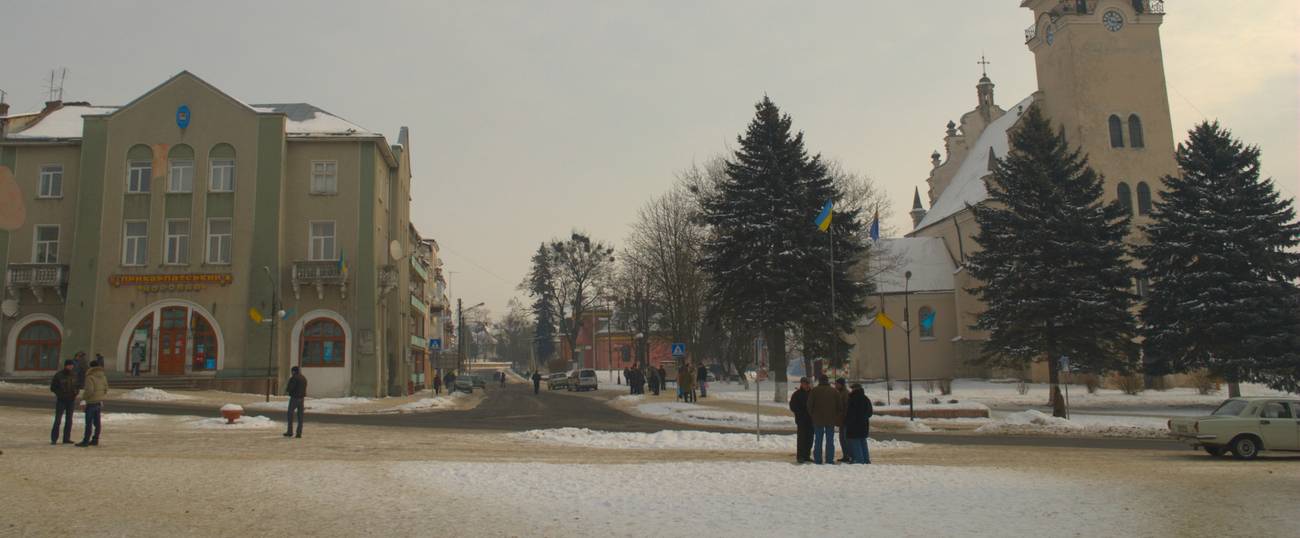


When Marla and Jay Osborn began to dig into their family roots and search for traces of Jewish history in the small Ukrainian town of Rohatyn, they had no idea that the people of the town had already done much of the digging themselves–literally.
On their second visit to Rohatyn in 2011, town historian and cemetery caretaker Mykhailo Vorobets showed them a broken Jewish headstone that had turned up beyond the cemetery. Others had been found in flower beds and building foundations. Turning to the Osborns, Mykhailo asked, “Now what?”
Now they have an answer.
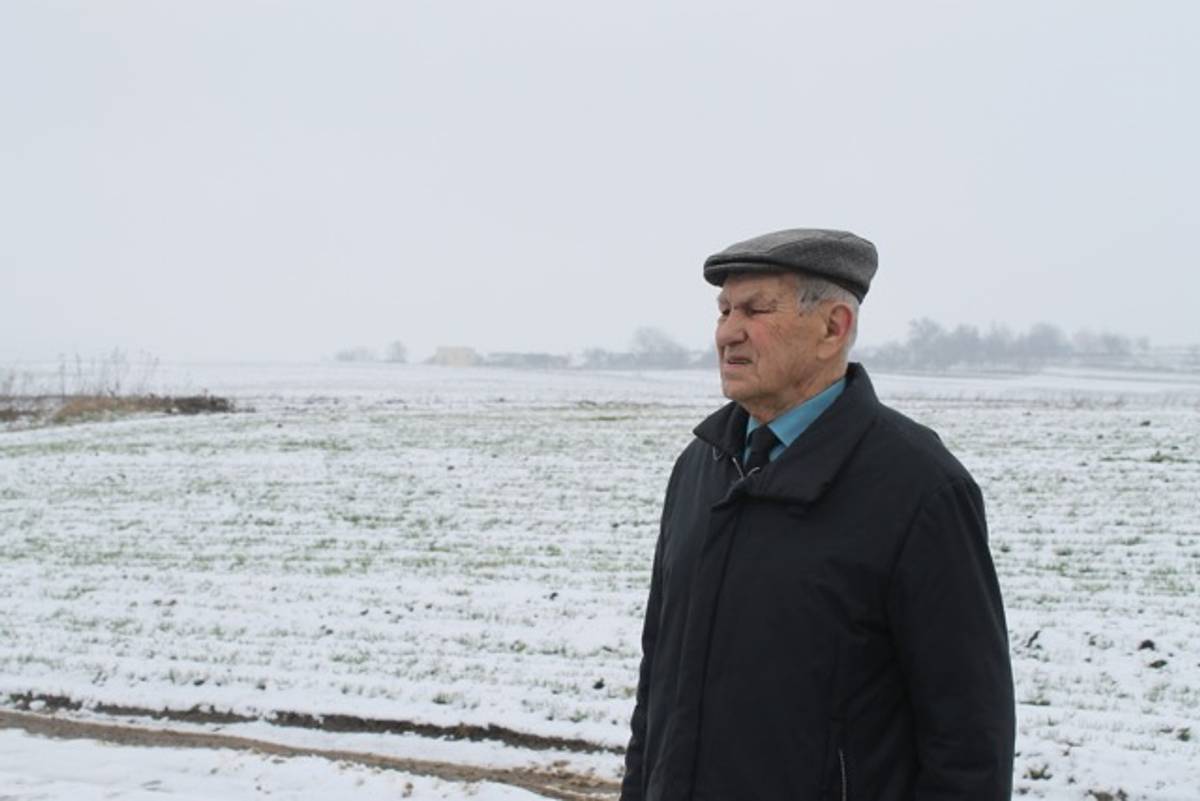
Marla and Jay, who are originally from California, have spent the last 17 years of their lives living in various countries around the world, finally ditching their globetrotting lifestyle to settle in the nearby city of Lviv and run their NGO Rohatyn Jewish Heritage. Their mission is to work with the people of Rohatyn to preserve the town’s Jewish history.
It was not a path they ever expected to take. Their first visit to Rohatyn in 2008 to find out more about Marla’s grandmother’s family was unsuccessful. Without a translator or guide, they found nothing and left dejected after a few hours. But the experience made them wonder if they were missing the bigger picture.
“I started thinking, the problem wasn’t Rohatyn, the problem was me,” said Marla, reflecting on how further study of the region’s tragic Jewish history gave her new perspective on how to better understand and confront it.
The Nazi invasion of Ukraine devastated shtetls like Rohatyn, where at the turn of the century nearly half of the town’s residents were Jews. On March 20, 1942, the Nazis marched over 3,000 of Rohatyn’s Jews to a pit outside town and murdered them. Rohatyn Jewish Heritage organized a commemoration of the 75th anniversary including a ceremony at the killing site where locals and a descendants group erected a small memorial in 1998.
The tragedy of Rohatyn’s Jews did not end after the war. Soviet rule brought repression of Jews and Jewish history. Synagogues were turned into warehouses and surviving Jewish cemeteries were looted.
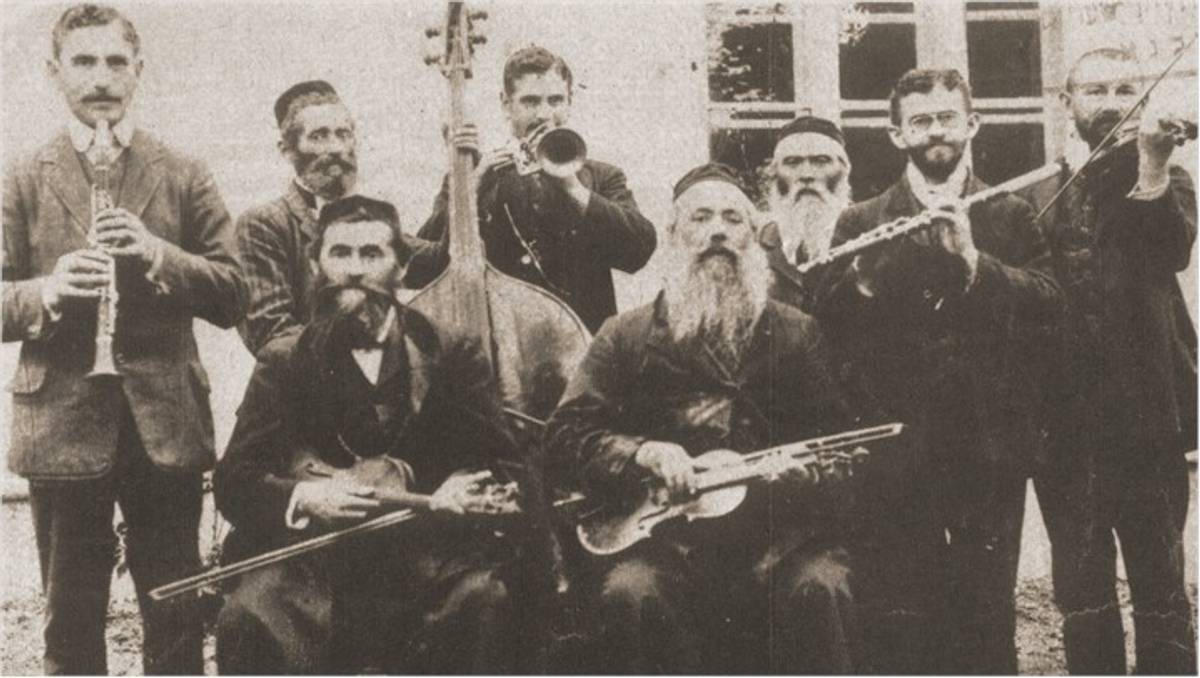
The immense task of preservation presents challenges: physical remnants of the past are quickly fading away, and locals do not possess a deep knowledge–few if any Jews remain in towns like Rohatyn. For Marla and Jay, one such challenge is getting the diaspora to realize that many Ukrainian communities want to do something about ruined Jewish structures but cannot move forward with little knowledge of Jewish practices and financial resources.
“It really became apparent that modern Rohatyners were looking to the Jewish visitors to tell them what’s the right thing to do and to acknowledge that they’re the ones who have actually been caring for these sites for the last 25 years without any acknowledgement from the outside world,” Marla told me.
Thus Rohatyn Jewish Heritage and the headstone recovery project was born. Their efforts to help Vorobets and the city administration identify, document, and relocate the heavy stones – a labor-intensive process that sometimes requires a horse-pulled cart – have become a community-wide effort. Marla and Jay frequently receive Facebook messages from locals with pictures of headstones and their locations so they can document them. Rohatyners often move stones to the cemetery themselves.
The Osborns also hope to rehabilitate the town’s two Jewish cemeteries, have organized a non-invasive archaeological survey of the Nazi killing site, and are exploring ways to involve local students, including through a youth development program in Rohatyn’s primary church.
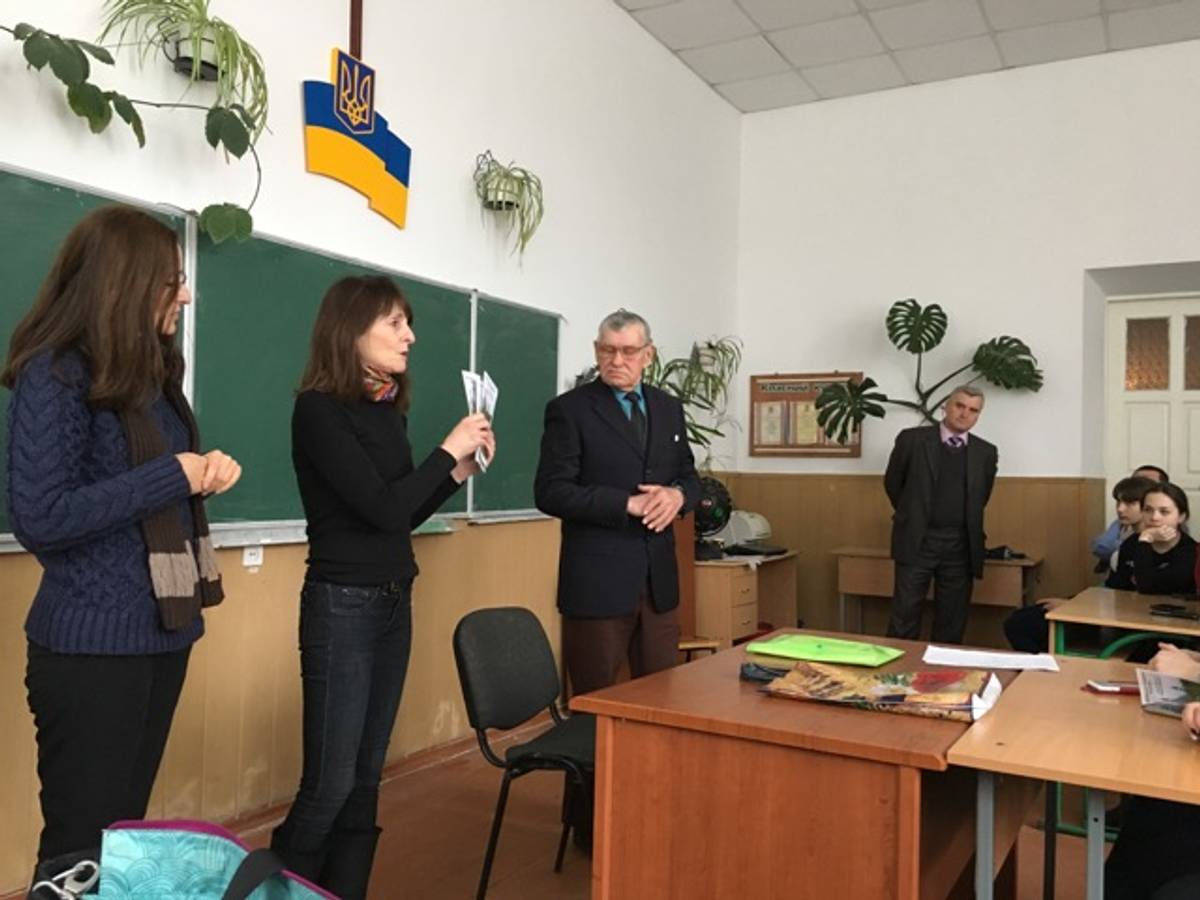
Finding permanent volunteers and staff to help Marla and Jay is not easy. Vorobets wishes to retire and wants to have a stake in his replacement, but he has not identified a suitable candidate for the job. Young adults who are better able to shoulder the physical burdens often leave for larger cities in search of better opportunities in a country where the average monthly salary is only $200 per month.
Despite the significant challenges moving forward, Marla and Jay are here to stay. “We’ve shifted our thinking,” Jay said. “We’re not bouncing around to different places at this point. We’ve invested our time and money to stay here and try to make things work.”
And if that means moving from Lviv to Rohatyn once their Ukrainian language skills are a little stronger, they haven’t ruled it out. “There’s no questions it’s a huge long-term commitment. You cannot wake up tomorrow morning and decide you’ve had enough,” Marla said. “But we’ve gone to Rohatyn so many times, there is no unknown, scary, or foreign element anymore. At this point, it defines us.”
Benjamin E. Cohen, a native of New Jersey and 2016 graduate of Pomona College in Claremont, Cali., is currently living in Kyiv, Ukraine on a Fulbright research grant. Follow him on Twitter here.